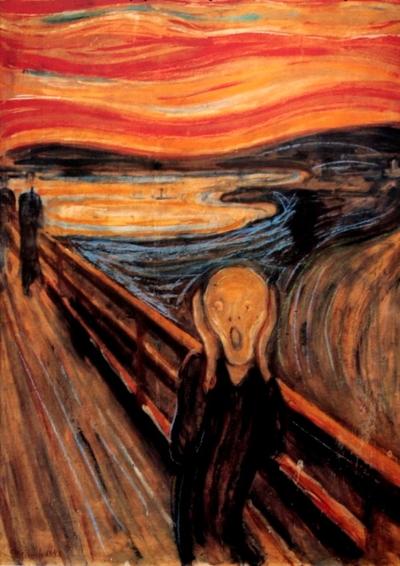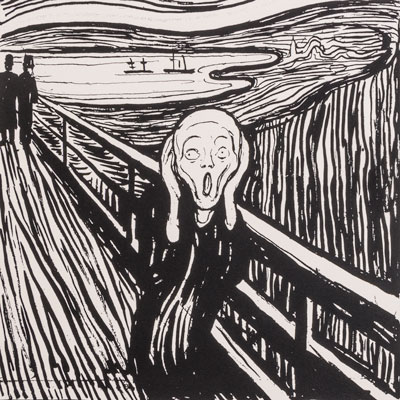Tel : (+33) 4 94 63 18 08
9am - 6pm from Monday to Sunday
Expressionism
Expressionism in painting is an artistic movement that emerged in Germany at the beginning of the 20th century. It is a movement that emphasizes the emotions and feelings of the artist, rather than simply representing reality. Expressionist artists sought to express their subjective vision of the world, using bright colors and simplified forms. One of the most famous expressionist artists is Edvard Munch, known for his famous painting "The Scream" (1893). Munch used bright colors and simplified forms to express his emotions and deep feelings in his works. Oscar Kokoschka (1886-1980) and Egon Schiele (1890-1918) are also known expressionist artists for their work. Kokoschka is known for his expressive portraits and Schiele for his nudes and intense self-portraits. Kokoschka used bright colors and visible brushstrokes to express his emotions in his works, while Schiele used lines and simplified forms to create emotionally charged works. In summary, expressionism in painting is a movement that emphasizes the personal expression of the artist and his emotions, rather than simply representing reality.
Discover the artist
Munch Edvard
Edvard Munch/ was a Norwegian artist known for his work in the Expressionist movement. He was born on December 12, 1863 in Løten, Norway and passed away on January 23, 1944 in Oslo. Munch was heavily influenced by the works of Vincent van Gogh and Paul Gauguin, and was also influenced by French symbolism and the Art Nouveau and Jugendstil movements. Munch grew up in a family where death and illness were frequent, and this experience had a deep impact on his life and work. He explored the themes of death and suffering in many of his works, including "The Scream," which was painted in 1893 and became one of his most famous and iconic works. Other famous works by Munch include "Madonna" (1894-95), "The Death of a Child" (1894), "The Lovers" (1897) and "The Engagement" (1902). Munch also produced many other paintings, drawings, engravings and lithographs during his career, which have been exhibited in museums around the world. In addition to his contribution to Expressionism, Munch also played an important role in the history of art in Norway, creating works that influenced many other Norwegian artists and introducing Norwegian art to the world.




